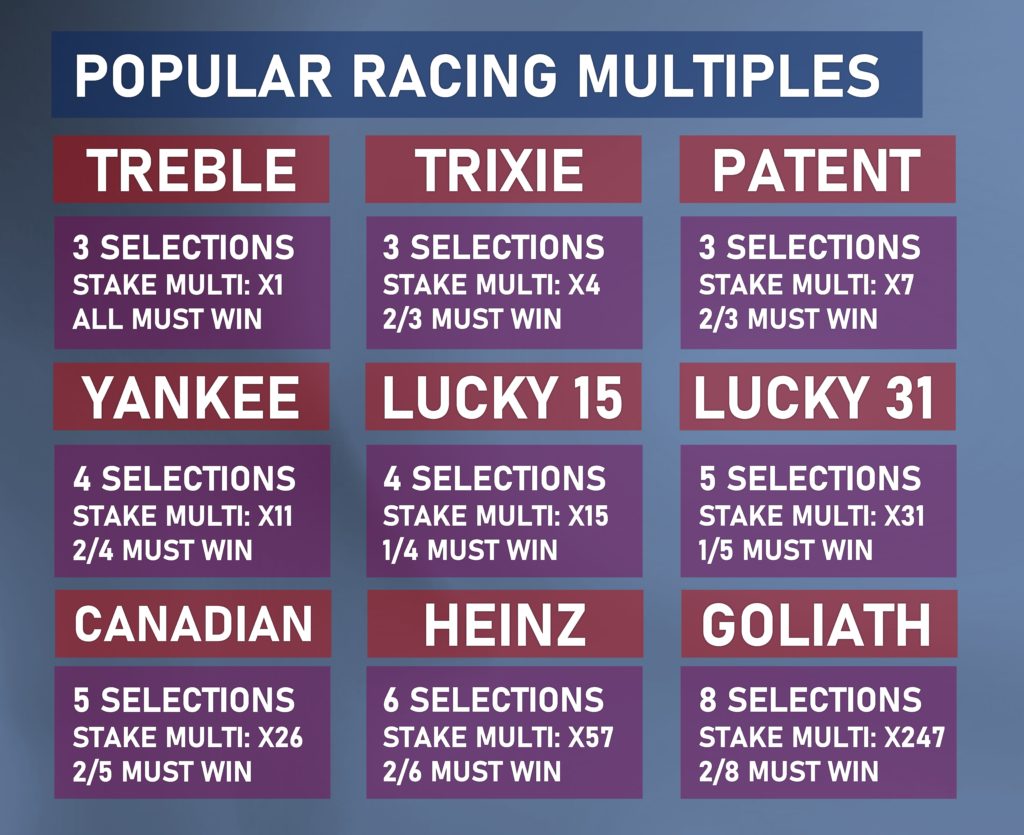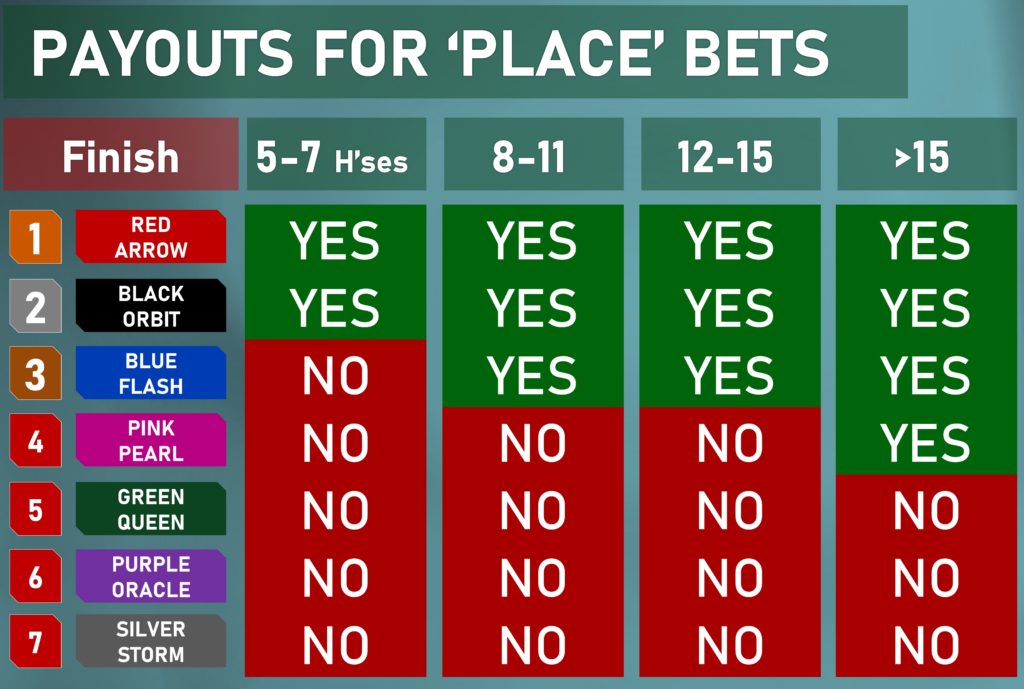Conventional matched betting works the same in horse racing as it does in other sports. Upon taking the offer of a matched bet, you place your stake which will then be 100% covered by the bookmaker. In essence, this makes it similar to a ‘free bet’, but with the main difference being that winnings can be withdrawn as cash, rather than merely used as betting credit.
Matched bets can also come with wagering requirements though, meaning that the amount wagered has to be played through a set number of times before any winnings can be withdrawn.
Accumulators and multiples
These are by far the most popular way for users taking the offer of a matched bet. Several selections are grouped together, with all needing to come through. Winnings can be impressive if you pull it off, making it easier to play through the required number of rollovers thereafter. Including a mixture of favourites alongside one or two long-shots can also boost your chances.
For instance, the 2019 Grand National winner, Tiger Roll, did not command great odds as it was a previous winner and the favourite for many bookmakers. However, its use within an accumulator, as can be built using Antepost horse racing odds via Oddschecker, would have provided a good means to multiplying potential winnings.
In certain conditions, it is not even necessary for all of the horses to prevail. Indeed, the infographic below shows the sheer variety of set multiples there are, though only the most popular in general are shown – there are more!

Single / Place bets
While placing a single bet (for one horse to simply win) on a rank outsider at 100/1 may seem like a great opportunity, the presence of wagering requirements makes it important for matched bets to be used wisely. A place bet may be a better option, even though the projected winnings from a single can be reduced by up to 80% under ‘place’ betting conditions, with the precise reduction amount depending on the number of horses running.
Below, in a fictional classification listing the top seven horses in four different scenarios, you can see how high up the final standings a horse must finish to yield a payout from a ‘place’ bet.

Ultimately, ‘place’ bets may be best suited to beginners who want only to put a modest stake down for the matched bet, and improve their betting game over a longer period.
Exacta / Forecast
One other way to utilise a matched bet is to predict a certain number of horses to place – either in any order (Quinella / Reverse Forecast) or a specific order (Exacta / Forecast). Obviously, the latter commands a far greater potential payout, optimising the chances of an early rollover amount fulfilment, but at a far more significant risk of losing a matched bet. Ultimately, only the bravest and most cavalier bettors will choose this route first time out.
There are numerous examples of the podium reflecting the formbook with near-perfect accuracy, and there is an array of strategies for success within Exacta betting which relate to that. Yet, when a top-three has met expectations at handicap events (featuring 15+ horses) like the Grand National, the potential reward has still been tremendous, given the variables at play.
